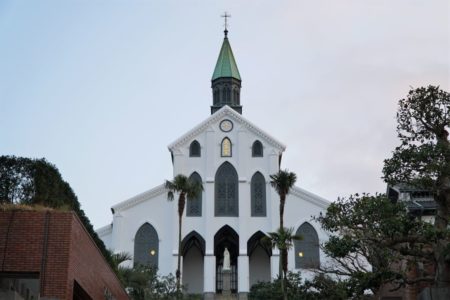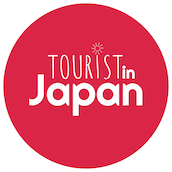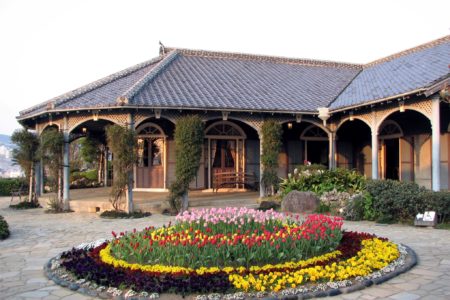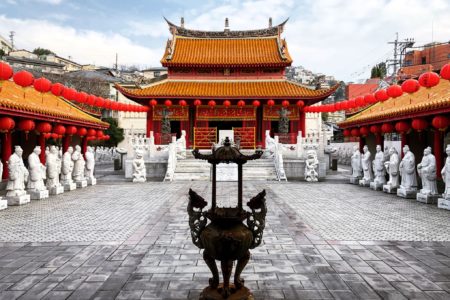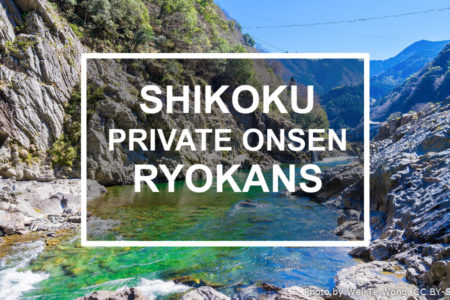Oura Church (大浦天主堂), also known as the “Basilica of the Twenty-Six Holy Martyrs of Japan” is a Catholic church located near Glover Garden in Nagasaki. The church was first constructed by two french priests, who dedicated it to the 26 Martyrs who were crucified in Nagasaki in 1597. Very near the famous Glover Garden, and …
